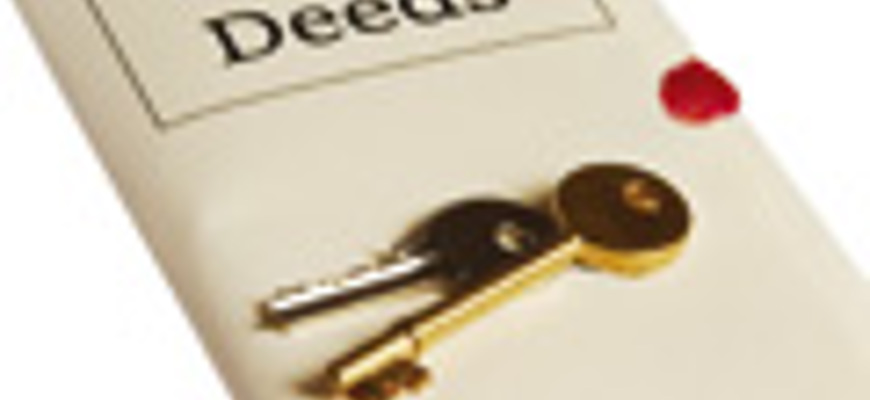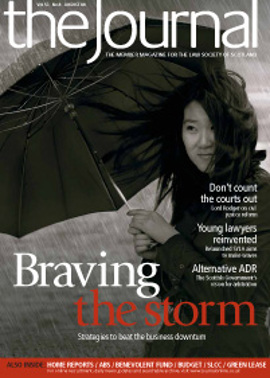Title Conditions Act: new registration procedures

Section 4 of the Title Conditions Act sets a general rule that an application for a deed that purports to create new real burdens should be registered against both the benefited property and the burdened property (a process commonly described as dual registration). As with any rule, there are exceptions, one of which applies to deeds that create burdens solely in reliance on s 53 of the Title Conditions Act which need only be registered against the burdened property.
Following an internal review of the operation of dual registration it has become evident that we continue to receive applications that have not been presented for dual registration against all of the affected properties described in the constitutive deed. In addition, some deeds that seek to constitute new real burdens fail to satisfy the technical requirements imposed by s 4 of the Title Conditions Act, requiring amendment if they are to create real burdens.
Following discussions between the Joint Consultative Committee of the Law Society of Scotland and the Keeper it was agreed that Registers of Scotland would introduce new registration procedures to assist conveyancers by giving them the opportunity to address these issues early in the registration process rather than later when often it becomes difficult to do so. A Registers Update has been issued to solicitors explaining the change.
These procedures took effect from Monday 28 July 2008. From that date Registers of Scotland will carry out a preliminary examination of an application for registration of a deed that purports to contain new real burdens to identify those applications in which the appropriate application forms and fees for dual registration are not provided.
In the event that a deed that contains new real burdens is presented for registration without an application for dual registration it will be returned to the presenting agent to allow them to re-present it with the appropriate forms and fees. There are two exceptions to this policy. First of all, where the deed is a disposition granted by a local authority or housing association. In such cases the burdens are likely to fall under s 53 of the Title Conditions Act. The second exception is where either the additional information field of the application form or a covering letter gives a valid reason for not presenting the application for dual registration.
In the event that the preliminary examination reveals that a deed that is presented for dual registration fails to constitute real burdens due to a technical defect in the wording of the deed, the application will be returned to the presenting agent to allow them to make the necessary adjustments. This will not apply where the deed has other effects and the Keeper is asked to register it as it stands. Each case will be assessed on its merits. The new procedures are set out in detail in Registers Update 23.
James Ness, the Deputy Director of Professional Practice at the Law Society comments: “I welcome the proposals which reflect the continuing development of the strong working relationship between RoS and the Law Society of Scotland, and I anticipate they will be of considerable benefit to the profession as well as reducing risks to the public.”
In this issue
- Where have we come from, where to next?
- Shifting sands
- A rank bad rule
- Braving the storm
- Civil justice: where next?
- Title Conditions Act: new registration procedures
- Young lawyers reborn
- Shining some more light...
- Power to the tribunal?
- Piece by piece
- The poor in our midst
- The Society's future role in complaints handling
- Appreciation: Lord Johnston
- Professional Practice Committee
- Facing the lean years
- It's a web 2.0 world
- Questions, questions
- Bare necessities
- Coming on the blind side
- Relocation, relocation
- Worse than the disease?
- Sleeping bounty
- Scottish Solicitors' Discipline Tribunal
- Website reviews
- Book reviews
- Industry standard
- Meet the committee
- What's in a motto?
- Leasing by example
- Good call?
- Home reports - the practice questions






